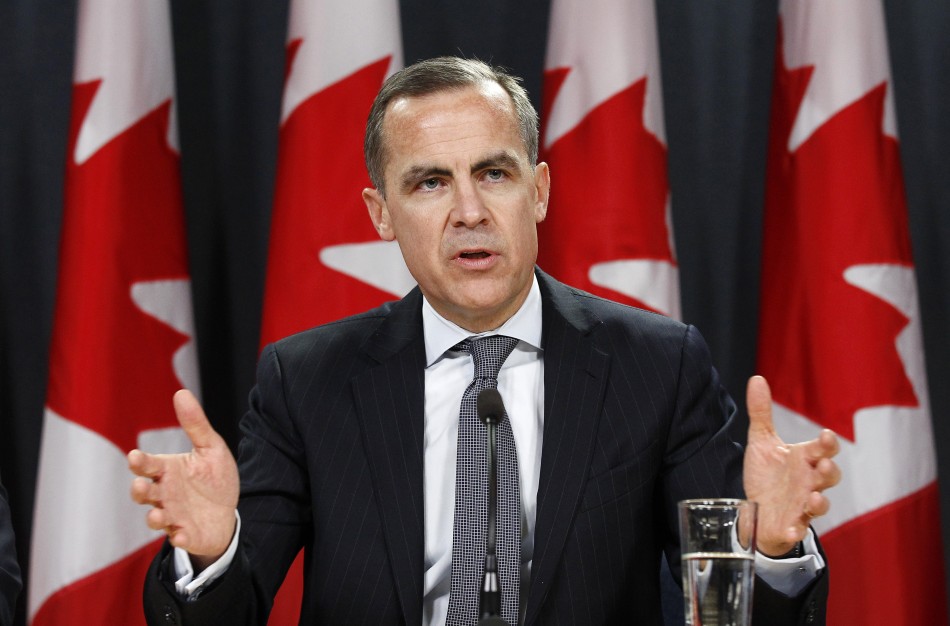Mark Carney is probably going to be prime minister. At least for a while.
Advertising
He’s ahead in polling and fundraising for the Liberal leadership race. If he wins it, he gets the big chair. Numbers even suggest he’s tightening the race between his party and the Conservatives, who’ve long been up double digits over the governing side.
Carney could win the leadership and hold Pierre Poilievre’s party to a minority government. If things get wild—with Donald Trump and tariffs, maybe a strong Liberal campaign—it’s conceivable Carney could even hold on to government.
At first glance, and setting aside substance, it looked like Carney was aesthetically the wrong guy for all kinds of reasons, particularly because he’s an elite banker facing a population that seemed to be seized with populist, anti-establishment anger.
But not only is Carney putting up respectable numbers—at least for now—his program, to the extent it’s been fleshed out, is also thoroughly grounded in a liberal orthodoxy reminiscent of the last decade of the Trudeau government, albeit with some bits shaved off the edges.
A government that “spends less and invests more”
Carney is offering Canada a centrist agenda par excellence—tailored, though, to fit the anti-Trump, nationalist moment. That means deep love for the free market, coupled with a grudging nod or two towards the welfare state.
It means more of the same, comfortably set within the narrow bandwidth of ideological acceptability.
Despite poor messaging, which is to say he’s been saying one thing in Quebec and another in the rest of Canada, Carney has said that his government would “use all of the powers of the federal government, including the emergency powers of the federal government, to accelerate the major projects that we need in order to build this economy and take on the Americans.”
That means pipelines, the erstwhile unpalatable undertaking that’s suddenly become a matter of national security.
Those pipelines would complement an end to the carbon tax, which Carney says he’ll scrap because it’s divisive. Instead, he’d pursue a green incentive program and keep the industrial emitter program.
He’s also talking about a “carbon border adjustment” to ensure that prices are fair across borders. This would mean adjusting costs—that is, levying a tariff—against countries who are laggards on pricing the cost of carbon.
Maybe some of this will be good. But I doubt any of it will be onerous for corporate polluters, which means it will be insufficient.
Last year, the Trudeau government introduced changes to the capital gains tax, which would raise the inclusion rate and capture a bit more passive income earned by the ultra-wealthy.
Carney will repeal that, he says, letting Bay Street keep more of its money. He also says he’ll raise defence spending and hit NATO’s two-per-cent-of-GDP target by 2030.
Thoroughly a banker, a man who claims that former prime minister Stephen Harper asked him to be his finance minister, Carney also says he’d balance operational budget spending—which means program cuts.
He’d run a broader deficit to drive economic growth—that is, shoveling cash into the private sector.
“Canadians deserve a government that works for you,” he wrote on X, “a government that spends less, and invests more.” It’s a message he now repeats ad nauseam.
So, cuts. But not just cuts. A wealth redistribution to private industry.
During an interview with CBC News’ Rosemary Barton, Carney said government spending would “catalyze many multiples of private dollars” throughout the economy. That would be, Carney suggests, an incentive to build more housing and stimulate internal and external trade.
